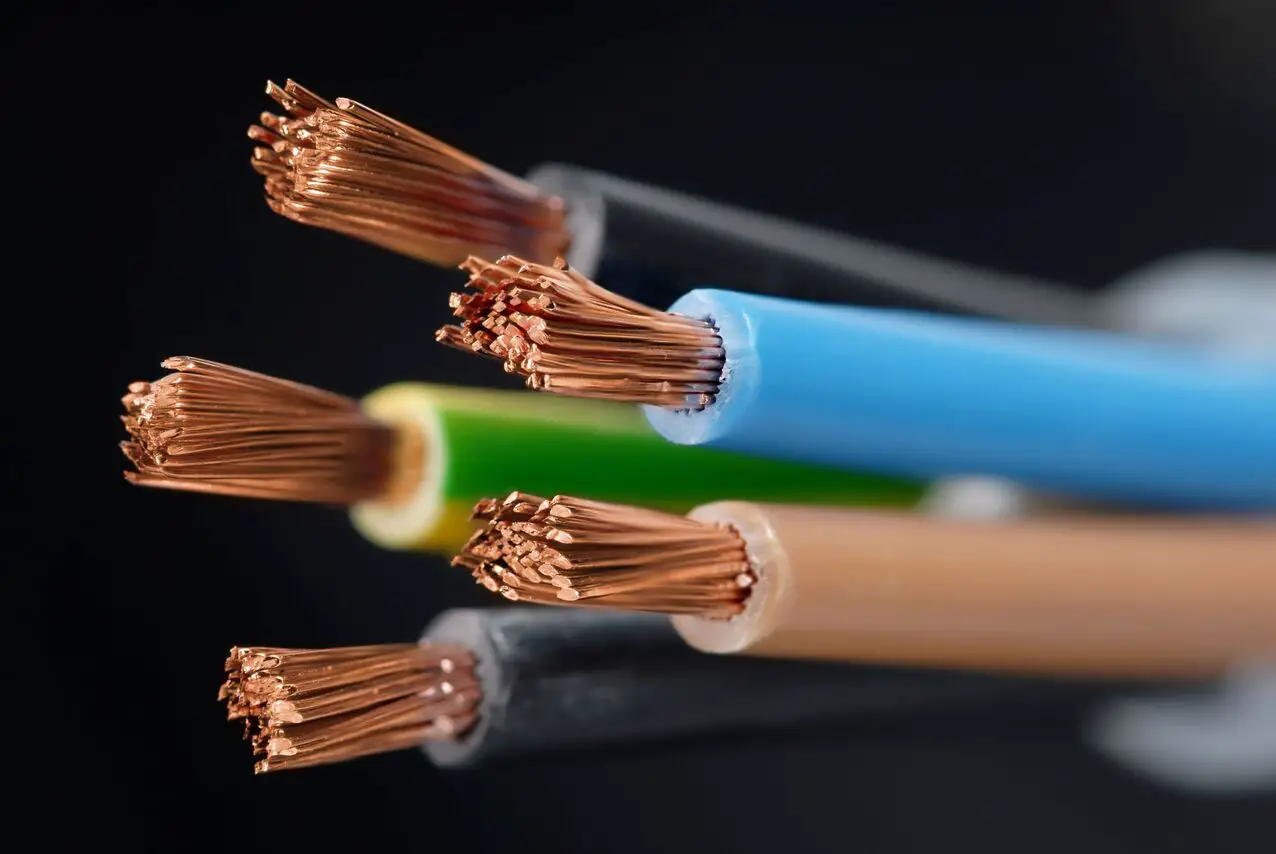Wanna know what are some examples of ductile materials in real life? If yes, then you are at the right place at the very right time. Materials that have special critical properties i.e. ductility, determine their ability to deform under stress without fracturing are known as ductile materials.
This unique characteristic of ductile materials is quite essential in numerous practical applications across different industries. In this article, we will explore different ductile materials, their properties, and of course, their practical applications. So without wasting any more time, let’s dive right in…!!!
Editor’s Choice: Difference Between Ductile and Brittle Materials in Tabular Form
Examples of Ductile Materials in Real Life and Their Uses
- Steel
- Aluminium
- Gold
- Brass
- Copper
- Zirconium
Steel
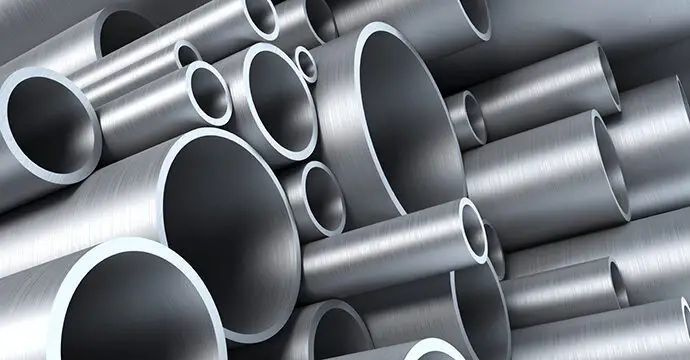
The very first one in my list of top 6 noteworthy examples of ductile materials in daily life is Steel. Steel is an alloy consisting mainly of iron with a small percentage of carbon and other alloying elements such as manganese, nickel, chromium, and molybdenum. The arrangement of these elements and the crystal structure of steel contribute to its ductile behavior.
Its evergreen versatile properties like strength, malleability, and durability make it the backbone of the manufacturing, transportation, and construction industries where ductile materials are needed. Thanks to its ductile nature, steel can be rolled, forged, and drawn into different shapes, from beams and rods to wires and sheets.
Aluminium
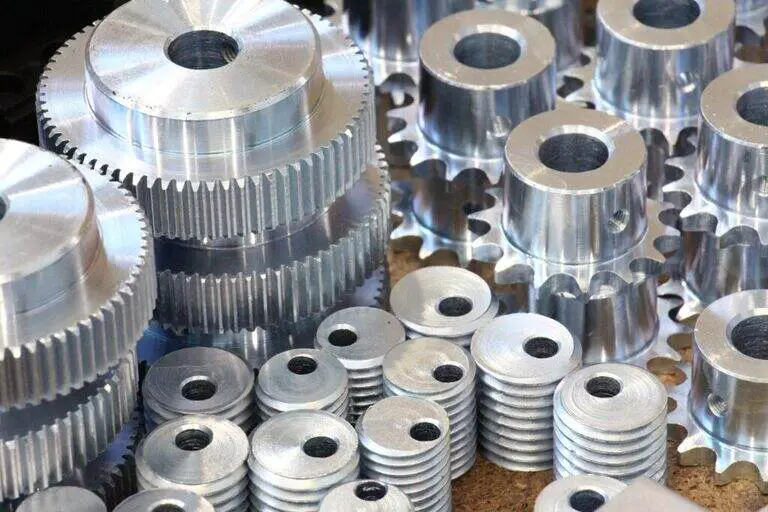
Aluminium possesses remarkable ductility and lightweight characteristics, making it a preferred choice in industries such as aerospace, transportation, and packaging. Not to mention, its ductility is another key attribute. Thanks to being a ductile material, Aluminium can be formed into intricate shapes through extrusion, bending, and stretching processes.
Its ductile nature is a result of its unique atomic structure and the way its atoms arrange themselves. The crystal structure of aluminum is face-centered cubic (FCC), which allows for easy movement of atoms within the material’s lattice. Therefore, when an external force is applied to aluminum, the stress causes the atomic planes to slip and move past each other, allowing the metal to deform plastically.
Gold
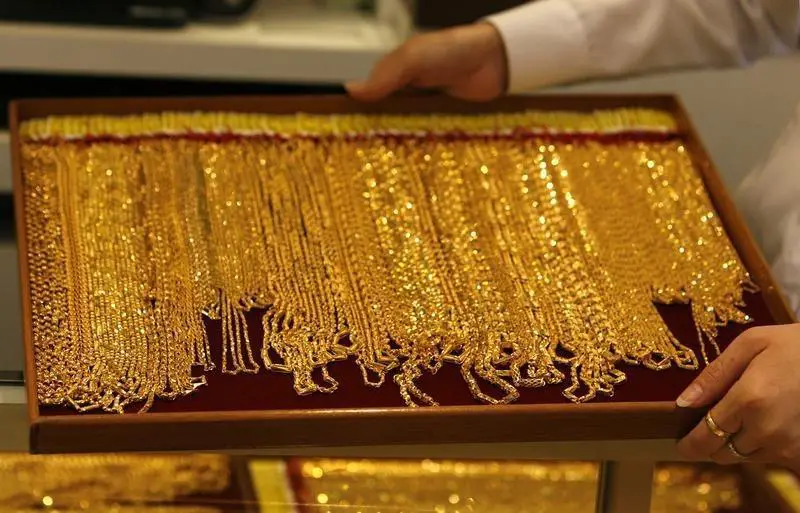
Gold, one of the most precious metals on earth, although not as commonly used as other ductile materials, is not only valued for its rarity and beauty but also for its exceptional ductility, malleability, and resistance to tarnishing. It can be hammered into thin sheets, known as gold leaf, and used in gilding and decorative purposes.
Its ductility enables artisans to create intricate jewelry designs, while its corrosion resistance makes it suitable for electronic applications. In its pure form, gold consists of tightly packed atoms arranged in a regular lattice. Therefore, when tensile stress is applied to gold, the atomic planes can slip and slide past each other, enabling plastic deformation without rupture.
Brass

Brass is nothing but an alloy of copper and zinc exemplifying a perfect balance of ductility and corrosion resistance. In other words, Brass is an alloy that combines the ductility of copper with the anti-corrosion benefits of zinc. Its malleability makes it a prime choice for musical instruments, jewelry, and various decorative applications.
The ratio of copper to zinc can vary, resulting in different types of brass with varying properties. The specific composition of brass plays a role in its ductility. For example, High-Zinc Brass, also known as “Alpha Brass”, exhibits greater ductility as compared to high-copper and low-zinc brass, also known as “Alpha Beta Brass”.
Copper
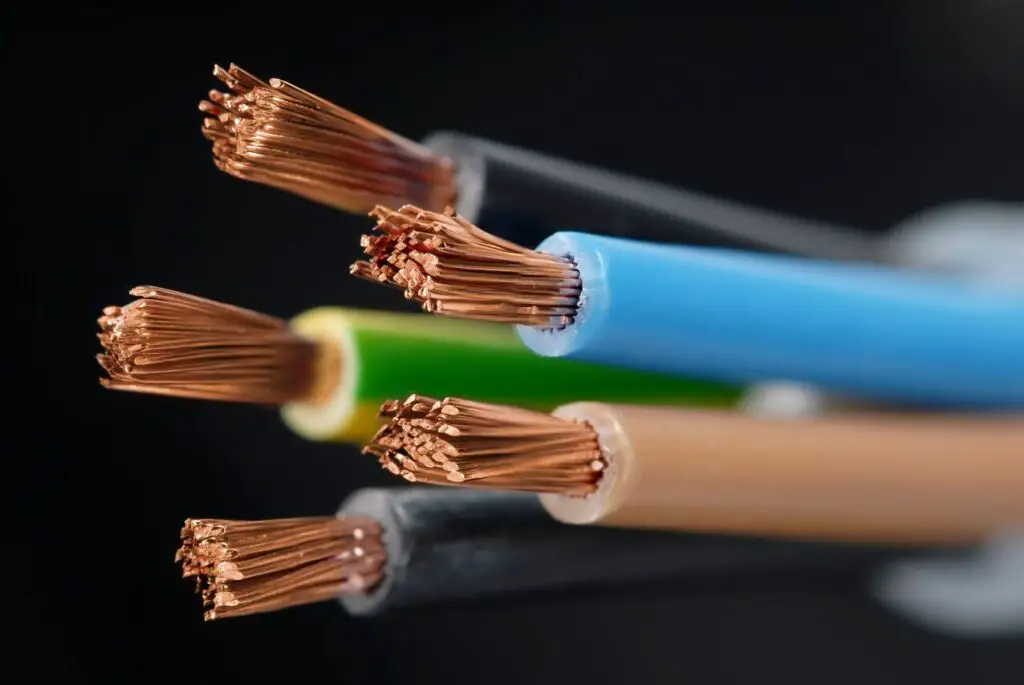
Copper is a highly ductile and conductive material, making it invaluable in electrical wiring, plumbing systems, and heat exchangers. Its excellent thermal conductivity and resistance to corrosion make it a reliable choice for heat exchangers and electrical components.
Additionally, since it is a ductile material, it can be easily drawn into thin wires for electrical cables. The ductility of copper is primarily a result of the presence of dislocations within its crystal lattice. These dislocations provide paths for the movement of atoms, allowing copper to undergo plastic deformation.
Zirconium
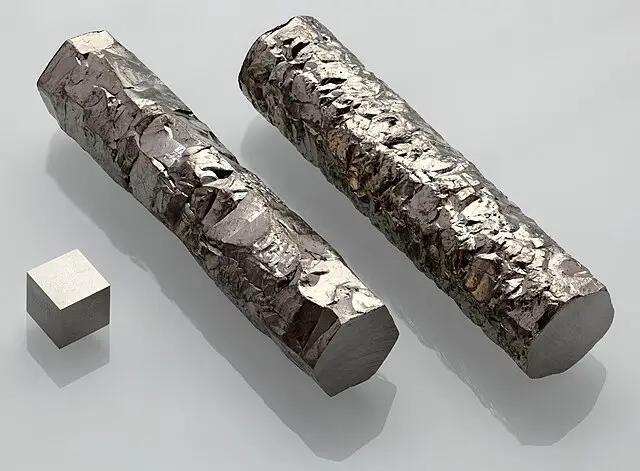
Last but not least one on my list of 6 exclusive ductile materials examples is Zirconium. Zirconium is a lustrous, grayish-white metal that belongs to the transition metal group. Zirconium is a ductile metal with a high melting point, making it indispensable in the nuclear industry for cladding fuel rods in nuclear reactors.
In fact, its excellent corrosion resistance ensures the safety and reliability of nuclear fuel assemblies. Apart from being used in Nuclear Reactors, zirconium’s ductility also finds applications in the aerospace industry. For example, it is used in the construction of aircraft components such as engine parts, structural components, landing gear, etc.
Some Other Ductile Materials Examples in Daily Life
Apart from the above-mentioned ones, I am also mentioning a few here.
- Lead
- Silver
- Titanium
- Nickel
- Bronze
- Tungsten, etc.
That’s it for this post. If you like this article, share it if you like, like it if you share it. You can also find us on Mix, Twitter, Pinterest, and Facebook. Hey man, If you have come this far, do give us feedback in the comment section. It would make my day. You can also make a donation. Your donations will help us to run our website and serve you BETTER. Cheers!!!
